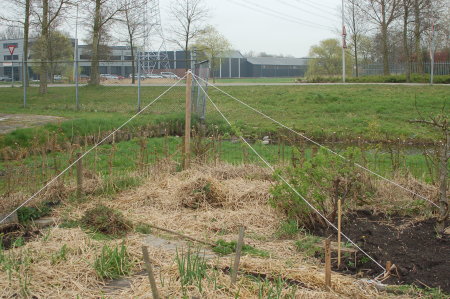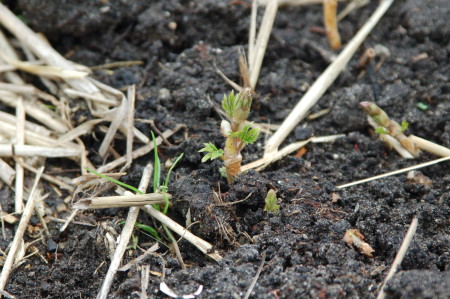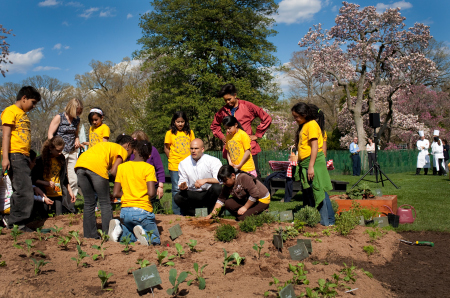Following Lzyjo’s suggestion on my previous post, and since we’re suppose to stop calling it Swine Flu, here’s my new name for it.
My last post prompted a few comments and emails that really made clear a number of people are very worried about it. Of course I am too. At the same time, I’m really upset how the situation is being managed by the various health and government agencies, and I want to say some things about this.
We are all operating under the unexplicable rule that only information that’s 100% confirmed and not considered to endanger the interests of the food industry, gets released to the public. If the food industry has the clout to change the name of the disease, of course they have the clout to manage the entire investigation of the virus, lead it in directions of their choosing, determine the way the situation is explained and suppress any information they don’t want made public. The public doesn’t have access to any independent person or agency, completely up to date with the situation, who is free to express honest opinions and assessments over events and news.
In my opinion, this is the same thing as being lied to. Just being lied to doesn’t necessarily make the situation better or worse than it seems, but it means news that comes through traditional sources just can’t be trusted, and that’s something I find very disturbing. We all know we’re being lied to, and that makes everything that much less certain and means we worry more.
I’m not any sort of expert on viruses or pandemics, but let me recap some of what’s been talked about in some of the more independent news sources on the Internet. Of course little of this information is ‘official’ or confirmed, but I believe it to be all or mostly true.
This flu outbreak occurred more than one month before it was made public, in the Mexican city of La Gloria. Government officials ignored repeated warnings that an infectious outbreak was under way. It was reported at one point that 60% of the residents of the city of La Gloria had a mysterious respiratory problem, and we now know this was probably the Smithfield Farms CAFO Flu. Now obviously 60% of the residents of this city didn’t die! It’s something that’s far from mostly fatal. It’s a dangerous flu, but most people who contract it do not die.
Every year roughly 36,000 people die from the common flu in the US, and the death toll of the Smithfield Farms CAFO Flu is no where near this number yet. In addition, we are reaching the end of flu season this year in the northern hemisphere.
Scientists have frequently warned in the past that CAFO (factory farm) pig operations should not be located near CAFO chicken and other bird operations, because of the possibility of different flu viruses simultaneously infecting the same host and sharing DNA. There are a number of CAFO chicken operations near to the Smithfield Farms CAFO in La Gloria, and that is almost certainly why this virus developed and why it contains DNA from a number of different species.
If a month ago 60% of the population of La Gloria was infected, and now the infection is in an advanced state in Mexico City, there are a huge number of infections under way! Quite likely millions of people, some of whom will experience little more than a runny nose but be infectious nonetheless.
Traditional news media is giving us the body count, like soldiers returning from war in body bags. This is a very misleading statistic! For a while there was a little information on the number of suspected and confirmed cases — this was a lot more useful, but this information has just vanished. The way they are presenting the body count without any assessment of the number of actual infections leads everyone to believe that people are dying as they become infected.
Scientists in the UK have begun looking into the virus, and have concluded there is nothing unusually dangerous about it, especially when compared to the H5N1 bird flu.
Don’t get me wrong, people are of course dying from the Smithfield Farms CAFO flu, and protecting yourself is a good idea. At the same time, if you live anywhere in the areas of outbreaks, it’s not a time to panic. It’s not a time to fear Mexicans just because of their ethnicity, as other people are likely to be infected now too.
Use common sense, don’t go to crowded places, cover your mouth when you sneeze and wash your hands often.
If you want to read more, here are some good news sources:
http://www.lavidalocavore.org/




